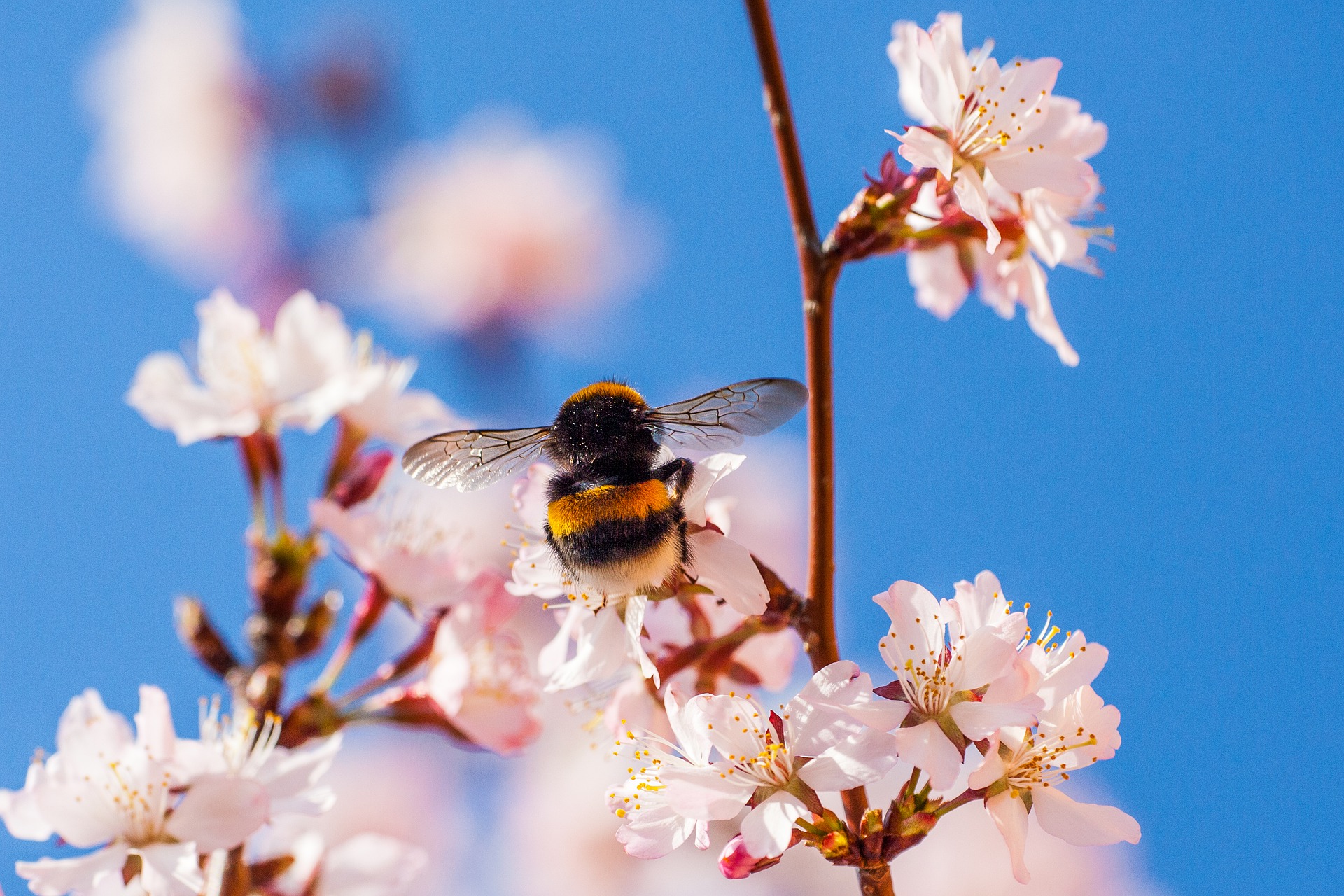About eighty percent of all flowering plants must be pollinated and this is mostly done by insects and other animals, such as birds and bats. Pollination affects more than a third of global crop production and increases the output of nearly ninety percent of food crops worldwide.
Pollination is crucial to produce food for humans and animals, and directly links agricultural production systems to wild ecosystems.
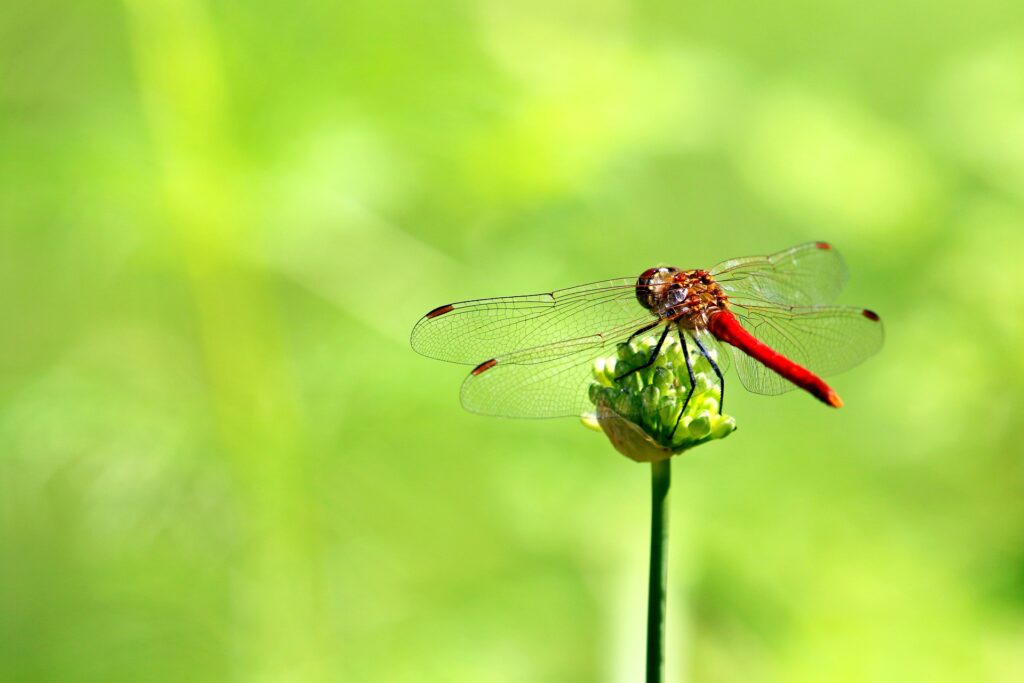
A dragonfly on a flower.
Most flowering plants need pollinators to move pollen from the male anther to the female stigma of flowers. Without it, interconnected species and processes in an ecosystem will collapse, as plants will not produce fruit.
While these pollinators visit flowers to gather pollen and honey for food in their own hives, they help to transfer pollen from male plants to female plants of the same kind. This process leads to fertilisation, which ensures that healthy fruit, vegetables, nuts, and grains are produced for human use.
What is pollination?
Pollination, which takes place while plants are flowering, refers to the movement of male pollen grains from the anthers of male flowers to the stigma of a female flower.
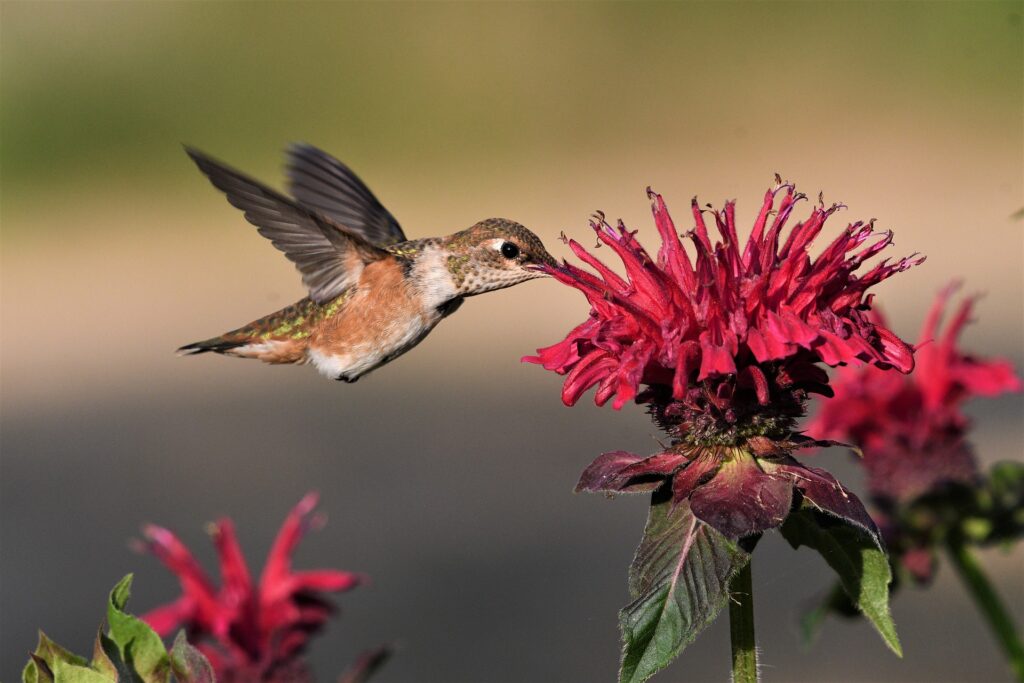
Some birds, like the rufous hummingbird of the USA, have long beaks for taking nectar from deep inside the flower.
In some plants, male and female flowers occur on the same plant, while others have either male or female flowers.
Some plants self-pollinate, which means the same plant’s pollen is carried from the anther to the stigma of the same flower. Pollen can also be spread by wind, water, and living organisms. Usually grains like sorghum, maize, and wheat, are pollinated by wind, while pollinating insects and animals spread the pollen of vegetables and fruit.
Most plants need cross-pollination, which refers to the pollen that is delivered to the female flower of a different plant of the same kind.
Once the female flower is pollinated, fertilisation takes place, and the plant can produce seed and fruit.
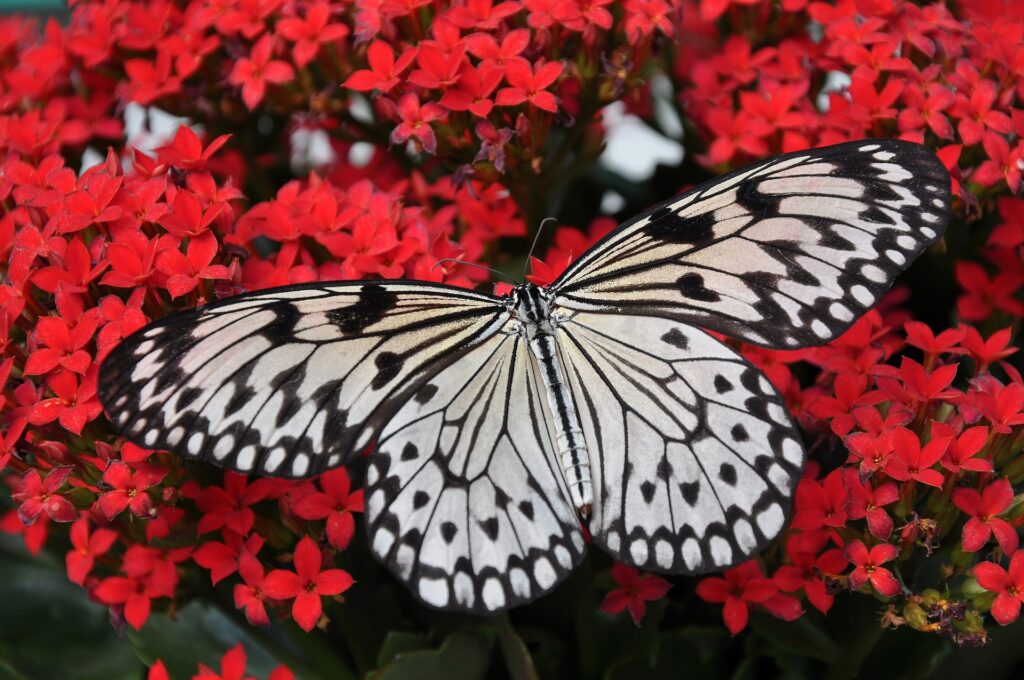
Butterflies are well-known pollinators.
Most pollinators depend on natural areas, such as forests, for at least part of their life cycles. Birds and bats must have nesting sites where they can have their babies. Insects lay their eggs in holes in trees or termite mounds, among others.
Bees are most often seen visiting flowering plants. While they look for pollen and nectar, they visit the same plant types during a flight. While they visit the flowers, the pollen stick to the hair on their bodies.
All bees are equally important, because different types visit flowers at different temperatures, during different times of the day and during different seasons; some are more efficient on specific plants.
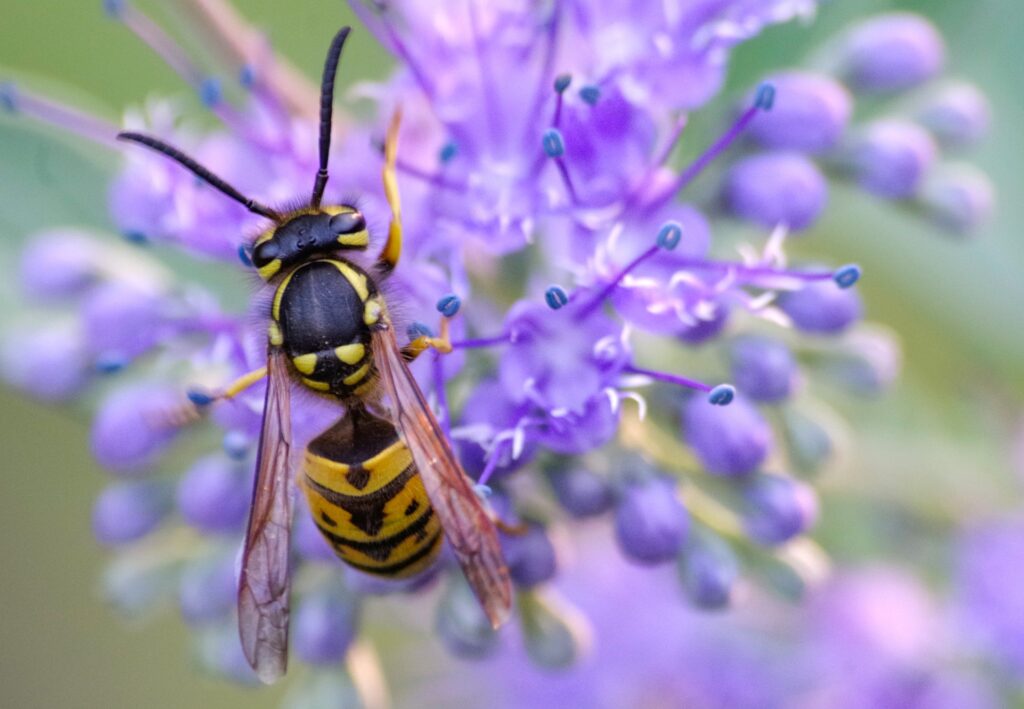
The sting of a wasp is very painful.
Pollinators worldwide are threatened by the loss of habitat because of growing human populations and degradation of land, diseases, the use of pesticides on crops, as well as climate change. We must do everything we can to help these pollinators survive because they are very important for the future of plants, which provide us with food.
Pollinators are also important for the economy because without bees there won’t be fruit, vegetables, grains or nuts to sell and buy. Hives are specifically placed near or inside orchards to help bees to pollinate the blossoms to ensure perfect fruit.
Habitat and forage
Wild and managed pollinator populations, and especially bees in hives that are put in orchards to pollinate fruit trees, need a habitat and food to survive. The loss of these in and around agricultural land, puts crop production at risk.
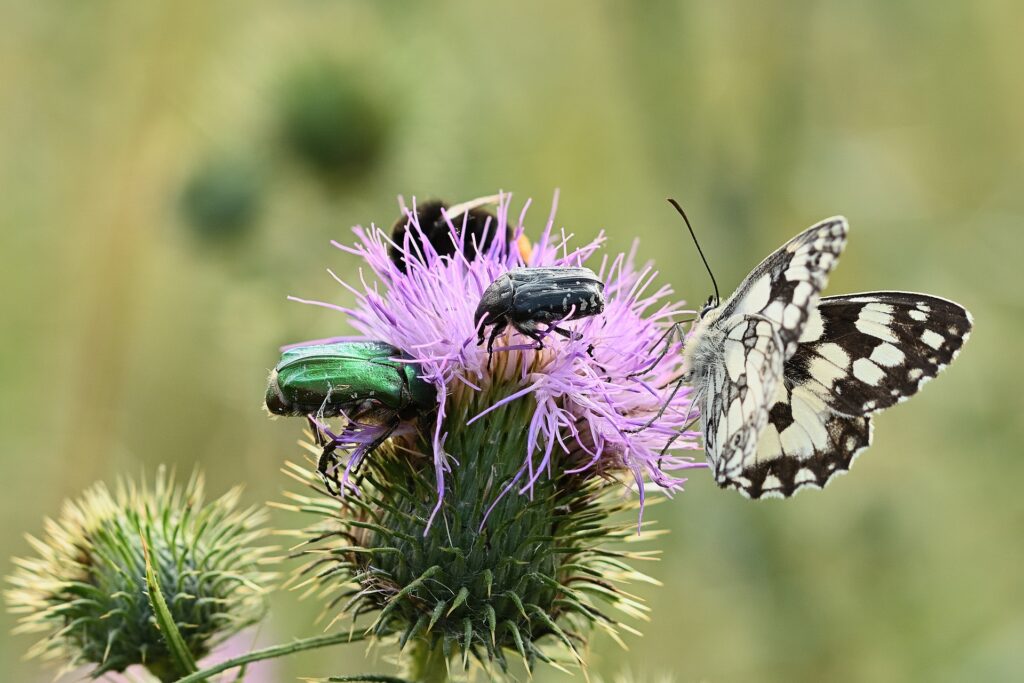
Four different pollinators on a flower.
The way in which you manage your farm can keep wild and commercial pollinators safe, which will benefit the pollination of all ecosystems and contribute to crop diversity, soil health and less use of pesticides.
Cross-pollination leads to more productive farmland and increased seed sets. Seed set refers to the number of ovules (see diagram 1) that successfully develop into seeds to harvest. It also influences the number, size, and quality of the fruit.
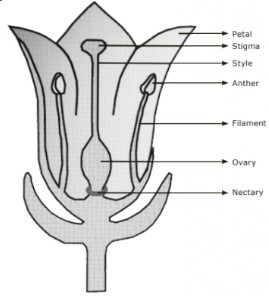
Diagram 1: Parts of a flower.
Pollinators will thrive if agriculture is sustainable and takes into consideration the well-being of pollinators. Communities can help by providing food and habitat for pollinators by:
- providing a constant source of pollen and nectar;
- leaving some areas undisturbed to allow nesting places;
limit the use of pesticides but instead allow beneficial pests to control unwanted ones; and - by creating a garden with many different types of plants that can provide food for the pollinators.
Benefits of natural areas on farmlands
By leaving some natural areas uncultivated, it will provide pollinators with habitat and forage. Such a strip of natural land can also act as a windbreak that will help reduce soil erosion.
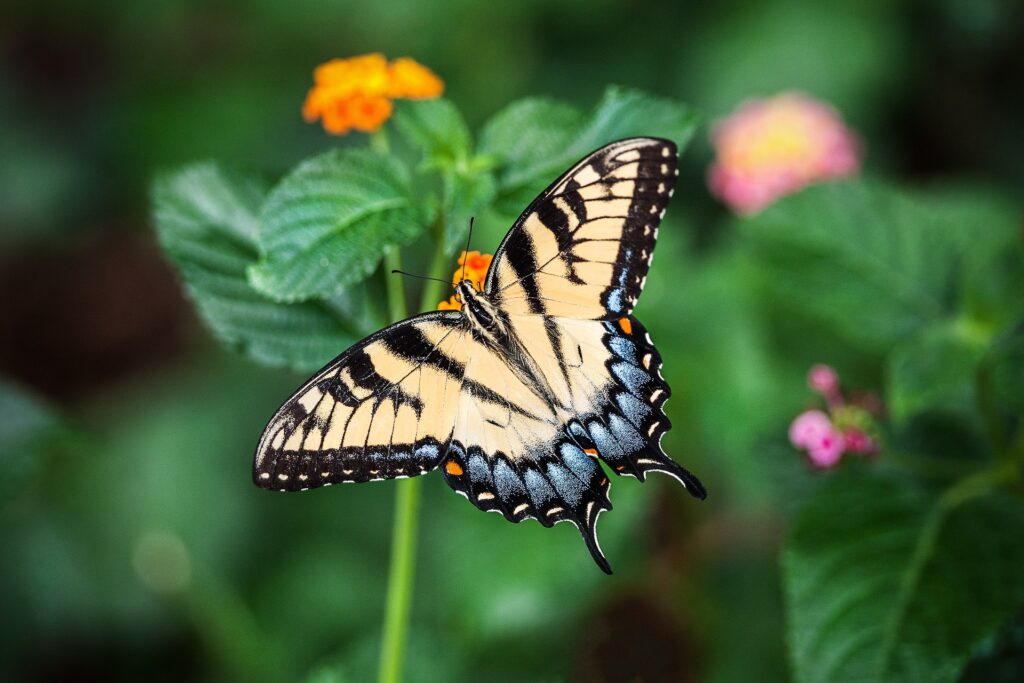
Butterflies are very sensitive to climate change and need our care to ensure their survival.
By removing unwanted weeds before they go to seed will help prevent them from invading natural areas.
Natural areas provide a safe place for pollinators and ensure that the ecosystem processes continue. They are also home to the natural enemies of harmful pests. These areas also serve as carbon sinks that reduce greenhouse gas emissions.
Farming practices that impact on pollinators
If an agricultural landscape provides pollen, nectar, clean water, and nesting sites where pollinators can complete their lifecycle, not only the pollinators will benefit, but the land will also increase its yield.
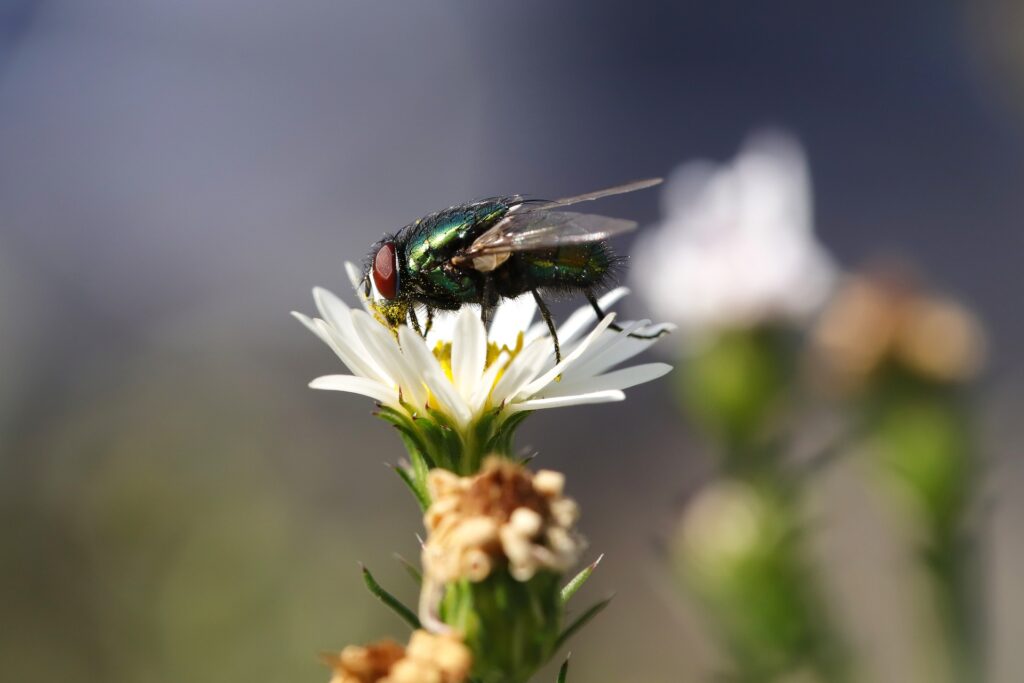
A fly feeding on a flower.
Farming practices can be improved by:
- minimum or no tillage, which will reduce evaporation and erosion;
- no burning, which will leave plant material to decompose naturally and return nutrients to the soil;
- planting cover crops like red sun hemp on unplanted lands, that will provide nitrogen to the soil and forage for pollinators;
- crop rotation by planting legumes, which will restore nitrogen to the soil;
- intercropping by growing two or more crops closely together, which will benefit each other, the soil and provide forage;
- planting of trees that fix nitrogen, absorb carbon dioxide from the atmosphere and store it in the soil, and provide nectar and pollen year-round, will provide a natural environment for pollinators;
- preventing water pollution;
- preventing overstocking and overgrazing by livestock; and
- limiting the use of pesticides.
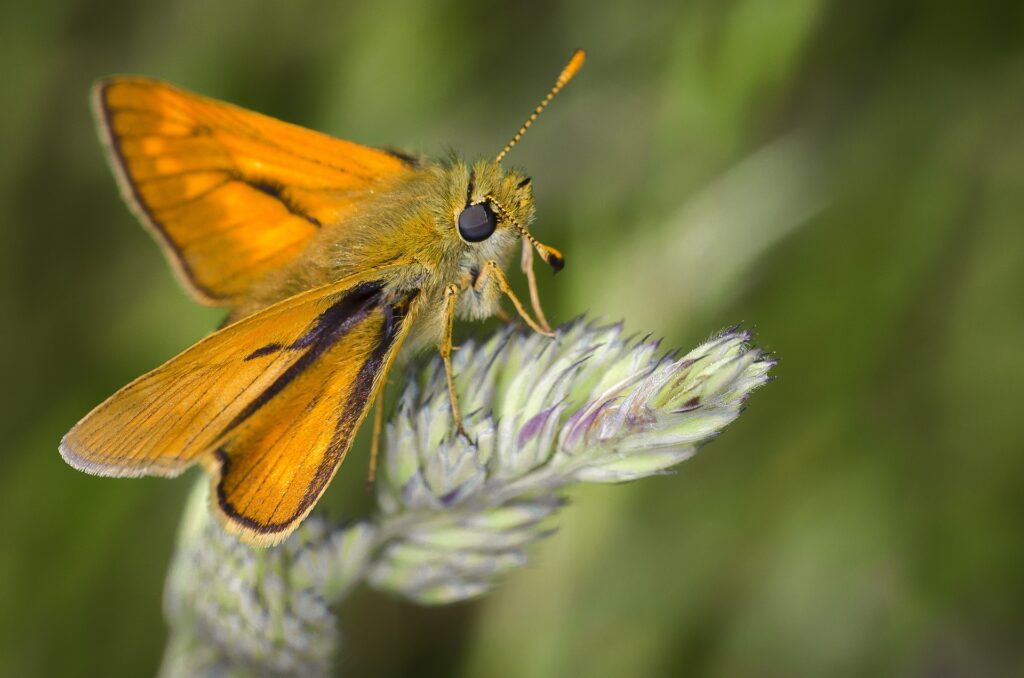
Moths are pollinators that work at night.
Pesticides
If the use of pesticides is necessary, the negative effect can be reduced if it is used while the plants are not flowering. If that is not possible, pesticides should be used while the bees are inactive or when the flowers are closed at night.
Pesticides should be used with care, which includes not using broad-spectrum pesticides that kill a wide range of insects, including those who are beneficial to plants.
It is best to use pesticides for specific harmful insects and only when the pest continues to do damage. Follow the instructions carefully and don’t mix it with sugar, as it will lure bees.
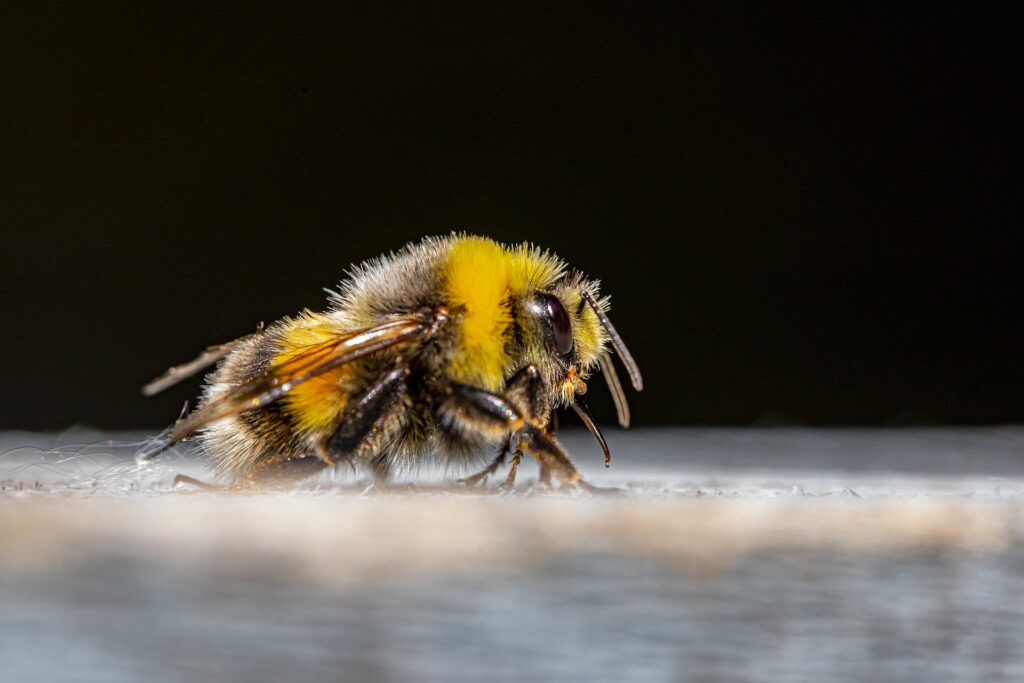
The bumblebee also contributes to pollination when visiting flowers.
Liquid and granular pesticides are better than powder, because they can be better controlled to reach only problem areas.
Health and food security depend on pollinators
Pollinators greatly benefit fields, gardens, and orchards, as well as fruit and seed production of wild trees and other plants that provide food for animals, and food and medicine for humans.
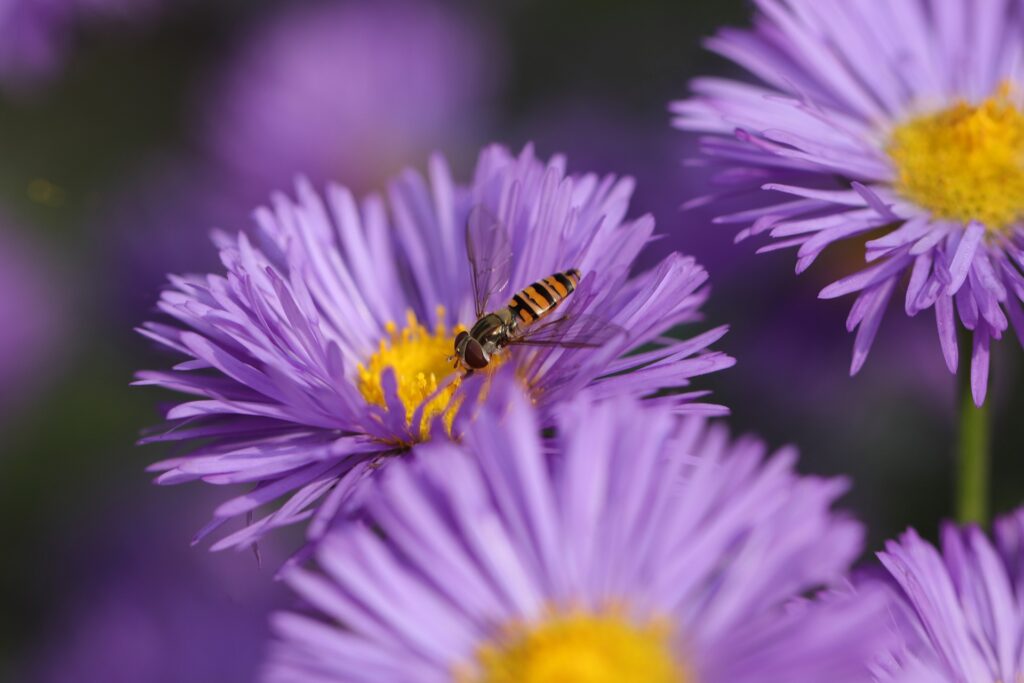
Various fly species, like this hoverfly, are also pollinators.
Alphabetical list of plants and their pollinators
- Apple (Malus domestica): Bees
- Avocado (Persea americana): Bees, wasps, and thrips
- Baobab (Adansonia digitata): Flies, bats, and wind
- Bottle gourd (Lagenaria siceria): Bees, bats, and hawk moths
- Cashew nut (Anacardium occidentale): Flies, ants, and bees
- Coconut (Cocos nucifera): Wind and bees
- Coffee (Coffea arabica): Self-pollination and bees
- Common bean (Vicia fava): Self-pollination and bees
- Cowpea (Vigna unguiculata): Self-pollination and bees
- Cucumber (Cucumis sativus): Bees
- Eggplant (Solanum melongena): Bees
- Fig (Ficus carica): Fig wasps
- Guava (Psidium guajava): Self-pollination, bees, and other insects
- Hot/Sweet pepper (Capsicum spp.): Self-pollination and bees
- Litchi (Litchi chinensis): Bees, flies, ants, and wasps
- Marula (Sclerocarya caffra): Bees and other insects
- Oil palm (Elaeis guineensis): Beetles
- Cacao (Theobroma cacao): Midges, thrips, and ants
- Okra (Abelmoschus esculentus): Self-pollination, bees, wasps, flies, birds, and beetles
- Orange, lemon, Citrus spp.: Bees and other insects
- Papaya (Carica papaya): Butterflies and hawk moths
- Passion fruit (Passiflora edulis): Large bees
- Pumpkin squash (Cucurbita spp.): Bees
- Sausage tree (Kigelia africana): Insects and birds
- Tomato (Lycopersicon esculentum): Self-pollination and large bees
- Watermelon (Citrullus lanatus): Bees
- Wild loquat (Uapaca kirkiana): Insects
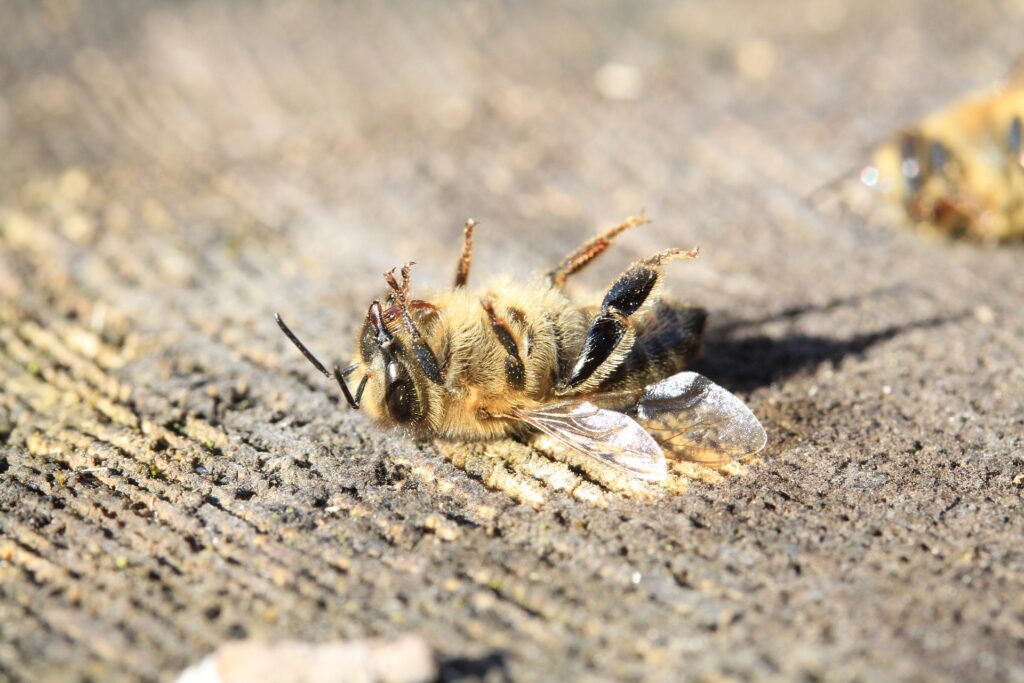
Careless use of pesticides kills bees.
In the next article, we shall discuss life inside the beehive. The inhabitants include the queen bee, drones, and worker bees, and we shall look at their lifecycles and tasks.
References
Mayes, D. (2011) Pollinators in Africa: Understanding is the first step to protecting. Sanbi
www.sanbi.org/wp-content/uploads/2018/03/pollinafricabookletweb.pdf
The carpenter bee can sting but is not aggressive.
Botha, L. (2020, July 8) Making agriculture more bee-friendly. Farmer’s Weekly www.farmersweekly.co.za/agritechnology/farming-for-tomorrow/
making-agriculture-more-beefriendly/
Pollination & human livelihoods. (n.d.) Food and Agriculture Organization of the United Nations www.fao.org/pollination/en/

